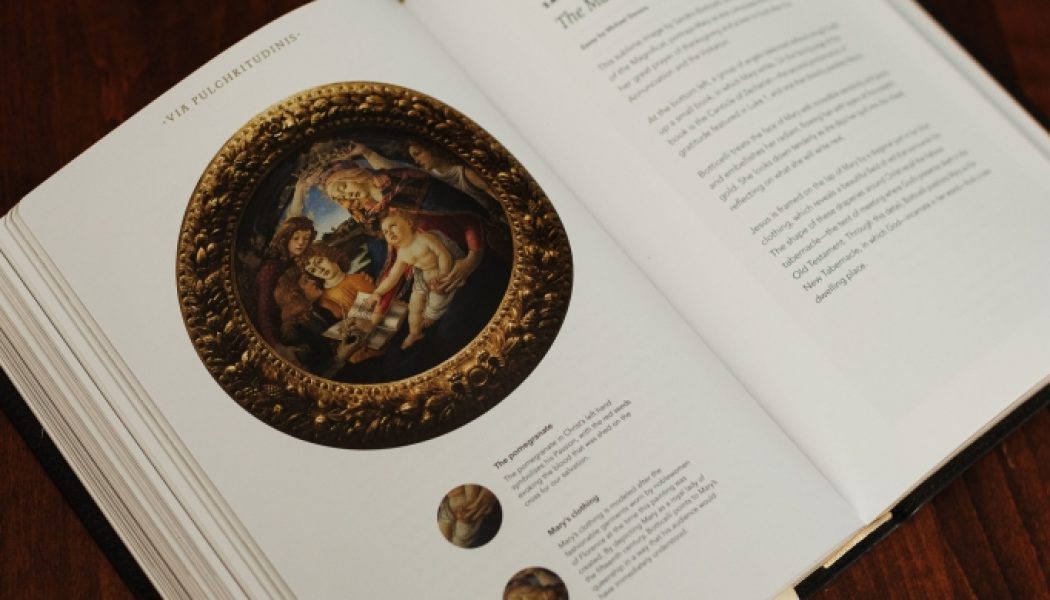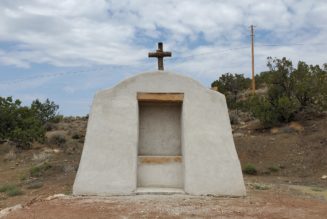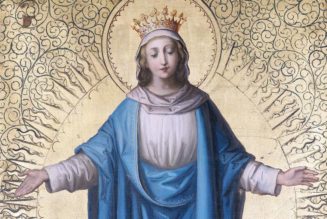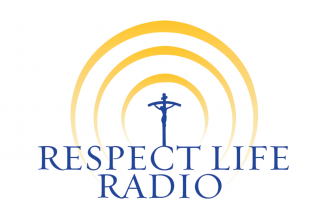REVIEW: Any Catholic who wants to encounter Christ in his word will enjoy the newest Scripture compilation.
The Word on Fire Bible (The Gospels)
Word on Fire, 2020
591 pages, $59.95, leather; $39.95 hardbound; $29.95, paperback
To order: wordonfire.org/bible/
These last two decades have seen a flowering of high-quality Catholic study Bibles designed to help the average reader understand and love the word of God. It’s as if we’ve jumped from an iron age to a golden one. Before 2000, commentary in most Catholic Bibles was restricted to tiny-print footnotes consisting of cold, dry factoids of history, linguistics and biblical criticism. Who hasn’t had the experience of being moved or puzzled by a scriptural passage and, craving greater understanding, looked with hope at the footnotes, only to find factoids that only may be of interest to footnote-writing scholars; it doesn’t do much for those of us who read Scripture in the hope of encountering the living God.
Thankfully, among the best study Bibles are the Ignatius Catholic Study Bible, its copious commentary building bridges between Old and New Testament while firmly steeped in Catholic Tradition; the Didache Bible with commentaries based on, and referenced to, the Catechism; the Great Adventure Bible, arranged to help readers grasp the historic narrative of salvation history; and the Catholic Answers Bible, with its emphasis on apologetics. Each of these answers a need, and all of them belong on the shelf of the Scripture-loving Catholic.
This brings us to the newest Bible: Word on Fire has released the first part of its Bible, namely, the Gospels. And, for once, we do want to judge a book (at least partly) by its cover, because the folks at Word on Fire insist on that point. Anyone who follows the work of Los Angeles Auxiliary Bishop Robert Barron knows of his insistence that the beauty of Catholicism — its art, music, architecture and literature — is an important tool for evangelization. Bishop Barron decries the neglect of the “beauty factor” during the first few decades after Vatican II, famously describing it as the era of “beige Catholicism.” So it’s no surprise that this edition of the Gospels is stunning. The cover is high-quality leather. It’s embossed and gold-stamped with delicate symbolic designs portraying the story of salvation, the Four Evangelists and alphabetic symbols for the Holy Name. The golden page edging shines like a mirror.
The “way of beauty” is pursued within, as well. The Bible’s printed pages are punctuated with 41 high-definition works of art. Each is accompanied by text linking the artwork to the Gospels and directing the reader to those elements of light, line, form and symbol by which Giotto, Caravaggio, Van Gogh and others draw us into sacred mysteries.


Moving on to the text, readers find just about a 1:1 ratio of Scripture (New Revised Standard Version-Catholic Edition) to commentary. And the latter is not the usual tiny-font/lower-page/footnote-style material that, as already mentioned, we find in most Bibles. Instead, it’s in full-size text, appearing in essay form above, below or on the facing page beside the scriptural text. Different fonts are used for Scripture and for commentary, and the commentary is shaded or placed in double columns, making it easy enough to distinguish from the single-column, white-background Scripture.
Now, about that commentary. Much of it is excerpts from Bishop Barron’s podcast sermons on the Sunday Gospels. The rest of it is a cornucopia of Church Fathers, doctors, saints and modern Catholic authors: St. Augustine, St. Thomas Aquinas, St. John Henry Newman, St. Thérèse of Lisieux, G.K. Chesterton, Fulton Sheen, Flannery O’Connor and Joseph Ratzinger (Benedict XVI). All of these quotations and essays elucidate Gospel passages from such a variety of angles that it’s a challenge (at first) to figure out whether there is any common thread that explains why these selections were chosen. After all, some of them are exegetical, others theological, others more devotional, and still others are literary.
For example, the text of Matthew, Chapter 1 is interspersed with a Bishop Barron sermonette explaining what possible relevance the genealogy of Jesus has for modern readers, followed by St. John Chrysostom’s answer to why Jesus wasn’t named Emmanuel as per Isaiah’s prophecy (quoted in Matthew 1:23), and then an excerpt from Chesterton’s The Everlasting Man on “God, the Cave-Man.” A few pages later, St. Thomas Aquinas explains the significance of each of the Magi’s gifts.
What is going on here? As Bishop Barron explains in the introduction, the commentary is meant to be, above all else, evangelical in its purpose: “First, it is specifically geared toward those who, for a variety of reasons, are not affiliated with the Christian faith, or indeed with any organized religion. … Secondly and relatedly, its commentaries hone in on two simple but fundamental questions: Who is God, and who is Jesus Christ?”
At the same time, those two questions plumb, even for the most confident believers, wells whose ultimate depths we will never reach in this life. Those of us safely in the Catholic fold have plenty to learn from the commentaries of those who have pondered the Gospels over the centuries. Yes, the intelligent seeker will be enlightened by the Word on Fire Gospels. And the believer who regularly reads Scripture will become well-disciplined by this text: It forces us to slow down rather than zoom through that daily chapter. It compels us to consider the thoughts of greater minds and holier souls than ours on this or that particular passage.
Word on Fire plans to release one new volume of this Bible each year. June 2021 will see the publication of the remainder of the New Testament. The Old Testament will be divided into four or five volumes. But the Gospels alone would make a splendid gift for the unaffiliated seeker, the Protestant who is guardedly interested in the Catholic faith, the serious RCIA student, and any Catholic who wants to encounter Christ in his word.
Daria Sockey writes from Venus, Pennsylvania.








